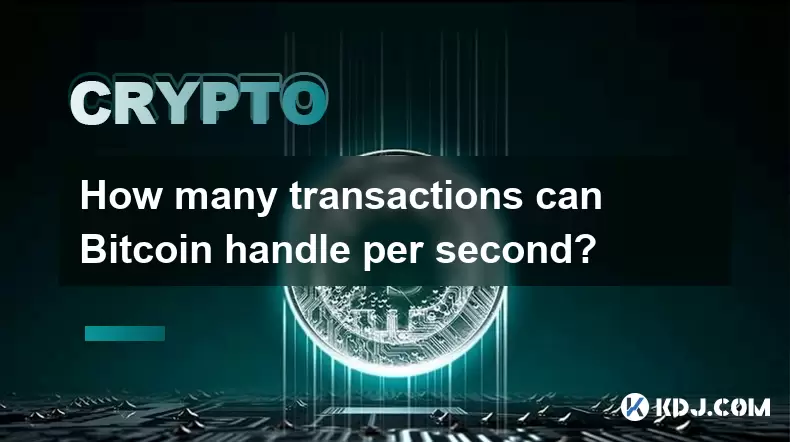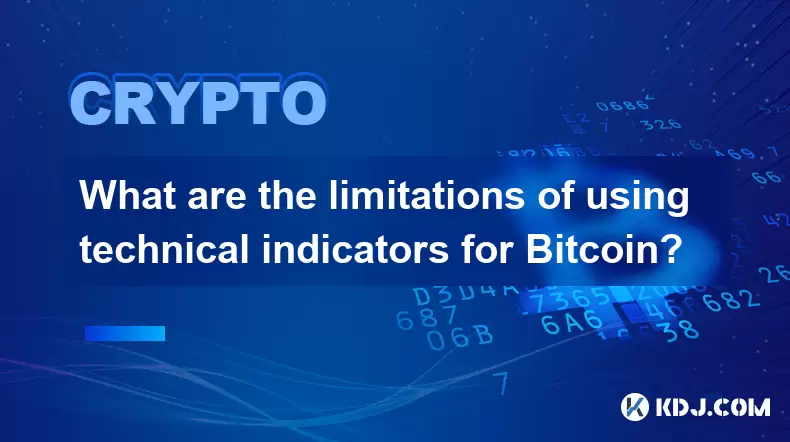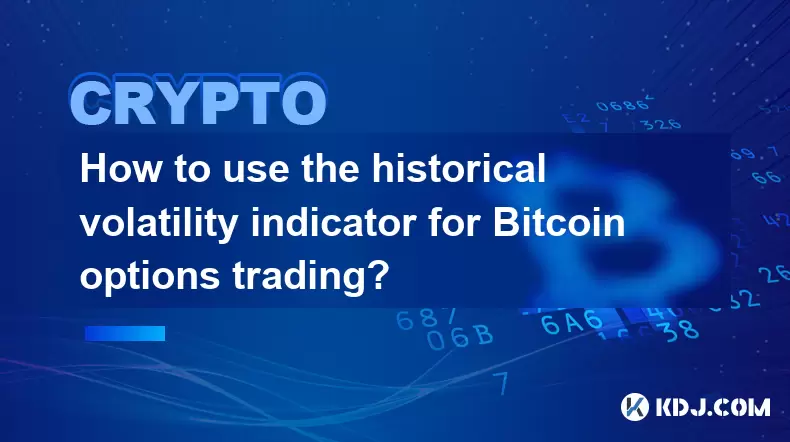-
 Bitcoin
Bitcoin $108,250.0992
0.11% -
 Ethereum
Ethereum $2,515.9404
0.03% -
 Tether USDt
Tether USDt $1.0003
0.00% -
 XRP
XRP $2.2166
-0.19% -
 BNB
BNB $656.5904
0.29% -
 Solana
Solana $147.4122
-0.58% -
 USDC
USDC $1.0000
-0.01% -
 TRON
TRON $0.2830
0.06% -
 Dogecoin
Dogecoin $0.1641
0.27% -
 Cardano
Cardano $0.5739
-0.19% -
 Hyperliquid
Hyperliquid $39.1463
-0.11% -
 Sui
Sui $2.8882
-0.02% -
 Bitcoin Cash
Bitcoin Cash $487.6428
0.31% -
 Chainlink
Chainlink $13.2097
0.07% -
 UNUS SED LEO
UNUS SED LEO $9.0308
0.10% -
 Avalanche
Avalanche $17.8608
0.13% -
 Stellar
Stellar $0.2379
-0.06% -
 Toncoin
Toncoin $2.7400
-0.39% -
 Shiba Inu
Shiba Inu $0.0...01144
-0.36% -
 Litecoin
Litecoin $87.5467
0.66% -
 Hedera
Hedera $0.1538
0.22% -
 Monero
Monero $315.5479
0.36% -
 Dai
Dai $1.0000
0.00% -
 Polkadot
Polkadot $3.3523
-0.71% -
 Ethena USDe
Ethena USDe $1.0003
0.01% -
 Bitget Token
Bitget Token $4.3960
-1.03% -
 Uniswap
Uniswap $7.2663
4.19% -
 Aave
Aave $272.8619
2.04% -
 Pepe
Pepe $0.0...09676
-0.18% -
 Pi
Pi $0.4586
-2.87%
How many transactions can Bitcoin handle per second?
Bitcoin can process around 7 transactions per second, but with SegWit and layer-two solutions like the Lightning Network, scalability improves significantly.
Jul 06, 2025 at 04:28 am

Understanding Bitcoin's Transaction Capacity
Bitcoin, as the first and most well-known cryptocurrency, operates on a decentralized network that allows users to send and receive funds without intermediaries. One of the key metrics used to evaluate its performance is how many transactions it can handle per second (TPS). This number gives insight into the scalability and efficiency of the Bitcoin blockchain.
The theoretical maximum for Bitcoin's transaction throughput is around 7 transactions per second under standard conditions. However, this number is not fixed and can vary depending on several factors such as block size, transaction data volume, and network congestion. It’s important to note that actual TPS often falls below this ceiling due to practical limitations in how blocks are structured and processed.
Factors Affecting Bitcoin's Transactions Per Second
Several technical aspects influence how many transactions Bitcoin can process within a given timeframe. The block size limit, which currently stands at 1 megabyte (MB), plays a central role. Each block must contain all the transactions it confirms, and since the average size of a transaction varies based on inputs and outputs, the number of transactions per block can fluctuate.
Additionally, block time, or the average time it takes for a new block to be mined, is approximately 10 minutes. This means that regardless of how many transactions are waiting in the mempool (a holding area for unconfirmed transactions), they won't be confirmed until the next block is mined. These constraints collectively shape Bitcoin’s real-world TPS.
How Transaction Size Influences Throughput
Each Bitcoin transaction contains metadata such as sender information, receiver details, digital signatures, and change outputs. Larger transactions with more inputs require more space in a block, thus reducing the total number of transactions that can fit. For example, a simple transaction with one input and two outputs might take up about 250 bytes, allowing roughly 4 transactions per kilobyte, or about 4,000 transactions per MB.
If a block reaches the 1 MB limit, the number of transactions it can include depends heavily on their individual sizes. If each transaction averages 250 bytes, then one block can hold around 4,000 transactions. Given that a new block is mined every 10 minutes, this results in an average capacity of approximately 6.6 TPS.
Role of Segregated Witness (SegWit) in Increasing Capacity
The introduction of Segregated Witness (SegWit) in 2017 helped increase Bitcoin's transaction capacity without changing the block size limit directly. SegWit separates signature data from transaction data, thereby reducing the overall size of each transaction. This optimization effectively increases the number of transactions that can be included in a single block.
With SegWit adoption, the effective block size can reach up to almost 4 MB, depending on the proportion of SegWit transactions in a block. As a result, the potential TPS can rise to around 15–20 transactions per second, although actual figures depend on network usage patterns and SegWit adoption rates among wallet providers and exchanges.
Lightning Network: Scaling Beyond On-Chain Limits
To address Bitcoin’s limited on-chain transaction capacity, solutions like the Lightning Network have been developed. This second-layer protocol enables off-chain transactions between participants, only settling the final balances on the Bitcoin blockchain. By doing so, it significantly reduces the burden on the main chain and allows for millions of transactions per second across the network.
Users open payment channels with each other by locking funds on the blockchain. They can then conduct unlimited transactions within these channels without broadcasting them to the entire network. Only when the channel is closed does the final state get recorded on-chain. This method drastically improves scalability while keeping fees low and confirmation times fast.
Frequently Asked Questions (FAQs)
Q: Can Bitcoin ever handle thousands of transactions per second natively?
A: Native Bitcoin protocol improvements would be required to achieve such high throughput. Currently, layer-two solutions like the Lightning Network are the primary means of enabling higher transaction volumes without altering the base protocol.
Q: Why doesn’t Bitcoin just increase the block size to allow more transactions per second?
A: Raising the block size could compromise decentralization by increasing the storage and bandwidth requirements for running a full node. This trade-off makes larger blocks a contentious topic within the community.
Q: Do all Bitcoin transactions take the same amount of space in a block?
A: No, transaction size varies depending on the number of inputs and outputs involved. More complex transactions with multiple inputs consume more space, reducing the total number that can fit in a block.
Q: How does transaction fee affect confirmation speed if the TPS is limited?
A: When the network is congested and TPS is saturated, users must pay higher fees to incentivize miners to prioritize their transactions. Lower-fee transactions may remain in the mempool for extended periods.
Disclaimer:info@kdj.com
The information provided is not trading advice. kdj.com does not assume any responsibility for any investments made based on the information provided in this article. Cryptocurrencies are highly volatile and it is highly recommended that you invest with caution after thorough research!
If you believe that the content used on this website infringes your copyright, please contact us immediately (info@kdj.com) and we will delete it promptly.
- Litecoin Breakout Watch: What Traders Need to Know Now
- 2025-07-06 16:50:13
- Bitcoin, Solana, Ethereum: Decoding the Latest Buzz on the Blockchain
- 2025-07-06 16:50:13
- Widnes Resident's 50p Could Be Your Ticket to Easy Street: Rare Coin Mania!
- 2025-07-06 16:55:13
- Bitcoin, Solaris Presale, and Token Rewards: What's the Buzz?
- 2025-07-06 16:55:13
- Ethereum Under Pressure: Price Drop Amid Global Uncertainties
- 2025-07-06 17:00:13
- XRP, SEC Case, and Prosperity: A New Era for XRP Holders?
- 2025-07-06 17:10:13
Related knowledge

What is the Woodies CCI indicator and can it be used for Bitcoin?
Jul 04,2025 at 05:14pm
Understanding the Woodies CCI IndicatorThe Woodies CCI indicator is a variation of the traditional Commodity Channel Index (CCI), which was originally developed by Donald Lambert. The standard CCI measures the current price level relative to an average price over a given period, typically 14. However, the Woodies version modifies this calculation to mak...

How to use indicators to trade the opening range breakout for Bitcoin CME futures?
Jul 05,2025 at 07:35pm
What Is the Opening Range Breakout Strategy?The opening range breakout (ORB) strategy is a popular trading technique used in both traditional markets and cryptocurrency futures, particularly for Bitcoin on the CME. This method involves identifying a specific price range formed during the early phase of a trading session and then taking positions when th...

What does a bearish cross on the Stochastic RSI mean for Bitcoin?
Jul 05,2025 at 07:18pm
Understanding the Stochastic RSI IndicatorThe Stochastic RSI (Relative Strength Index) is a momentum oscillator used in technical analysis to identify overbought or oversold conditions in an asset's price. It combines two well-known indicators — the RSI and the Stochastic Oscillator — to provide more nuanced signals than either could alone. The Stochast...

What are the limitations of using technical indicators for Bitcoin?
Jul 06,2025 at 03:35am
Understanding the Role of Technical Indicators in Cryptocurrency TradingIn the realm of Bitcoin trading, technical indicators are tools used by traders to analyze historical price data and volume to predict future price movements. These indicators—such as Moving Averages, Relative Strength Index (RSI), and MACD—are widely adopted across traditional fina...

How to use the historical volatility indicator for Bitcoin options trading?
Jul 06,2025 at 04:14am
Understanding the Historical Volatility IndicatorThe historical volatility indicator (HV) is a statistical measure used to assess the price fluctuations of an asset over a specific time period. In the context of Bitcoin options trading, this metric helps traders evaluate past price movements to anticipate potential future swings. Unlike implied volatili...

Best indicator for confirming chart patterns like head and shoulders on Bitcoin
Jul 06,2025 at 01:07pm
Understanding Chart Patterns in Cryptocurrency TradingIn the volatile world of Bitcoin trading, chart patterns serve as critical tools for identifying potential price movements. Among these, the head and shoulders pattern is one of the most reliable reversal indicators. Recognizing this formation requires not only visual identification but also confirma...

What is the Woodies CCI indicator and can it be used for Bitcoin?
Jul 04,2025 at 05:14pm
Understanding the Woodies CCI IndicatorThe Woodies CCI indicator is a variation of the traditional Commodity Channel Index (CCI), which was originally developed by Donald Lambert. The standard CCI measures the current price level relative to an average price over a given period, typically 14. However, the Woodies version modifies this calculation to mak...

How to use indicators to trade the opening range breakout for Bitcoin CME futures?
Jul 05,2025 at 07:35pm
What Is the Opening Range Breakout Strategy?The opening range breakout (ORB) strategy is a popular trading technique used in both traditional markets and cryptocurrency futures, particularly for Bitcoin on the CME. This method involves identifying a specific price range formed during the early phase of a trading session and then taking positions when th...

What does a bearish cross on the Stochastic RSI mean for Bitcoin?
Jul 05,2025 at 07:18pm
Understanding the Stochastic RSI IndicatorThe Stochastic RSI (Relative Strength Index) is a momentum oscillator used in technical analysis to identify overbought or oversold conditions in an asset's price. It combines two well-known indicators — the RSI and the Stochastic Oscillator — to provide more nuanced signals than either could alone. The Stochast...

What are the limitations of using technical indicators for Bitcoin?
Jul 06,2025 at 03:35am
Understanding the Role of Technical Indicators in Cryptocurrency TradingIn the realm of Bitcoin trading, technical indicators are tools used by traders to analyze historical price data and volume to predict future price movements. These indicators—such as Moving Averages, Relative Strength Index (RSI), and MACD—are widely adopted across traditional fina...

How to use the historical volatility indicator for Bitcoin options trading?
Jul 06,2025 at 04:14am
Understanding the Historical Volatility IndicatorThe historical volatility indicator (HV) is a statistical measure used to assess the price fluctuations of an asset over a specific time period. In the context of Bitcoin options trading, this metric helps traders evaluate past price movements to anticipate potential future swings. Unlike implied volatili...

Best indicator for confirming chart patterns like head and shoulders on Bitcoin
Jul 06,2025 at 01:07pm
Understanding Chart Patterns in Cryptocurrency TradingIn the volatile world of Bitcoin trading, chart patterns serve as critical tools for identifying potential price movements. Among these, the head and shoulders pattern is one of the most reliable reversal indicators. Recognizing this formation requires not only visual identification but also confirma...
See all articles

























































































